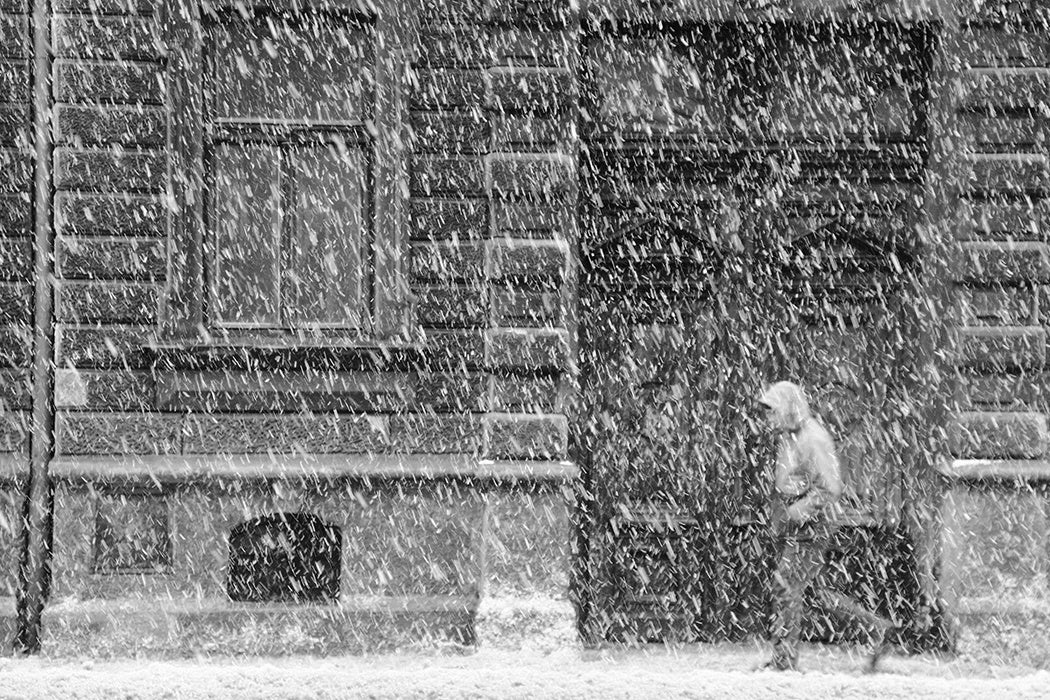New York City bounced back quickly from the so-called “blizzard for the ages” in January of 2016. That was officially the second-snowiest day in the city’s history. According to the New York Daily News, the total snow amount “ousts records laid in 1888, 1947, 1996 and 2010, but not an epic Nor’easter that dumped more than two feet of snow in February 2006.”
The Blizzard of 1888 was the first of the great blizzards to hit the city in modern history. Researcher Marsha Ackerman, writing for the New York Historical Society, describes the four-day “storm of the century” that began on March 12, 1888. The blizzard killed 400 people and caused $20 million worth of damage. Ironically, just weeks before, a columnist, reflecting on a similarly-sized blizzard that had hit Nebraska and South Dakota, took the opportunity to tout New York’s cultural and technological superiority. Writing in Frank Leslie’s Illustrated Newspaper, the columnist described the folly of “settling in a wild country…without assured means of providing decent shelter, fuel, and provisions.”
But the blizzard of 1888 is not only notable because of the extent of the damage. It also made inhabitants of the city think more critically about how the city was built and how it ran, as well as about the consequences of city’s sharp divisions of race, class, and gender. Experiences during the blizzard were vastly different: the poor shivering in tenements and terrified they’d lose their low-wage factory jobs if they couldn’t get to work, the rich staying inside and playing pool, the letter carrier who died on his appointed rounds.
Ackerman notes that the blizzard proved that the city could be just as vulnerable to natural disaster as rural areas, even as the storm was quickly becoming mythologized as a “man versus nature” story. On the one hand, the high death rate, a direct result of the population density of the city, highlighted the miserable conditions of many people living in the tenements. On the other, the enormous amount of people who were all forced inside on this “holiday” created a sense of equality and “we’re all in this together.” In that way, surviving the blizzard became, for the city’s inhabitants, a way of proving their pioneering spirit. In fact, adds Ackerman, “even the collapse of the city’s infrastructure could be interpreted as a success…At least, implied the boosters, the city had an infrastructure.”
In the aftermath, men and boys could earn far more than the standard daily wage of $1.20 by helping shovel snow and rescuing people. They weren’t the only ones out there—reporters and editors, according to Ackerman, were active in the aftermath, mythologizing it even as it was being shoveled out.
Ultimately, the storm led to calls for better technological solutions, such as subway lines and weather forecasting. Within ten years, New York’s subway was up and running and many of the wiring problems that had caused the most damage were fixed. And Frank Leslie’s Illustrated Newspaper, the publication that had mocked people for making themselves vulnerable by living out in the country, conceded that “New York has learned in less than a day, or ought to have learned, how poor and weak is man when brought face to face with nature.”







